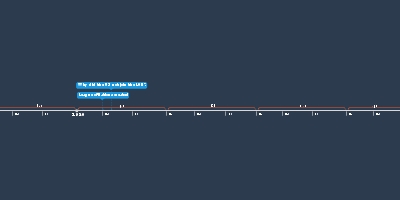1 jan 1920 ano - The Organisation of the LON
Descrição:
The Assembly:-Each country nominated one representative to join the assembly
-Members decided on the organisation's policy
-All representatives of the member states participated in the Assembly
-Every member had one vote
-Controlled the League’s budget
-Admitted new members
-Elected non-permanent members of the council
-It could be argued that the assembly was efficient as it ensures that each country has a fair say in any world decisions and efficiently solves any world disagreements between leaders using unanimous decisions.
-However, bias and alliances put the honesty and purity of the assembly at risk.
-It would also be very difficult to come to an unanimous decision
The Council:
-Smaller group than the assembly
-Met up about 5 times a year (or in case of an emergency)
-It included things like Permanent members which were Britain, France, Italy, and Japan.
-Along with Temporary members which were elected by the Assembly for three-years periods
-For resolving disputes by talking and discussing
-Made to ‘take care’ of more troublesome countries
-Permanent members could veto - if all other members agreed on something a veto can stop the Council acting on it.
-Moral condemnation - the Council could decide who ‘the aggressor’ was (the country misbehaving)
-Economic/financial sanctions - members could refuse to trade
-Military force - the military of member countries could be used against the aggressor.
The Permanent Council of International Justice:
-The permanent court of justice was the convicting body of the LON, lasting between 1922 to 1946.
-The court was based in the northern Dutch city of Hague
-The court was staffed by 11 judges and 4 deputy judges, elected by the council and assembly.
-It consisted of judges from multiple member countries
-It would settle country disputes through arbitration
-However, a major issue was that the collective of judges was unable to enforce their rulings and therefore had very little impact
-The court would organize its final rulings into specific Series in alphabetical order
-A consistent issue of the court was that its ‘ruling’ justices were often from Britain and france, meaning their often was a bias
-In addition to countries siding a favourable nation when a border dispute affected them.
Adicionado na linha do tempo:
Data:
1 jan 1920 ano
Agora
~ 105 years ago
